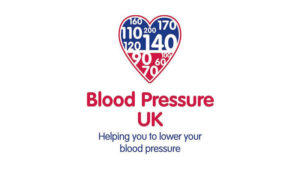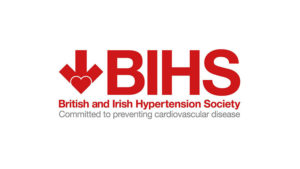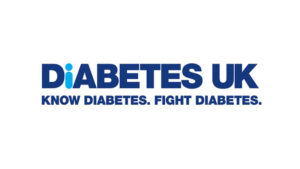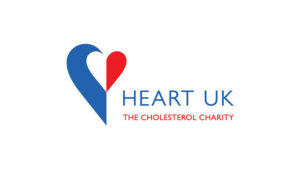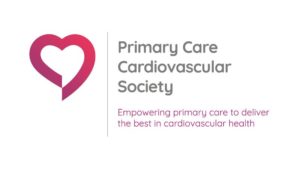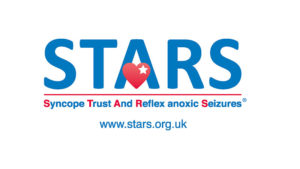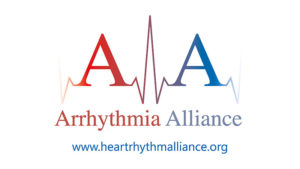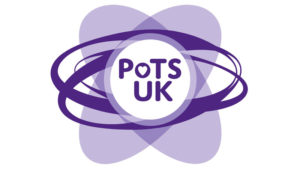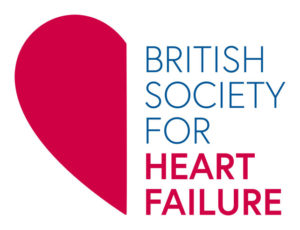The most effective means of reducing the risk of complications associated with type 2 diabetes is to ensure that each patient achieves and maintains their individualised glycaemic target. New guidance from the National Institute for Health and Clinical Excellence (NICE) providesrecommendations on using liraglutide (Victoza), a new option for patients who do not achieve target HbA1c using currently available therapies.
“Time is brain” – thrombolysis in acute stroke
“Time is brain” – thrombolysis in acute stroke – Mark Garside, Christopher PriceStroke is a common condition with long-term consequences. If symptoms are recognised early enough and patients are transported rapidly to hospital then there is the opportunity to administer treatments which may reduce long-term disability. We summarise the role of intravenous thrombolysis in the treatment of acute ischaemic stroke, including supporting evidence, how it is used in clinical practice, and possible future developments.
Heart rate control in heart failure and angina, and its benefits
In heart failure, heart rate control may improve mortality and the need for hospitalisation. In angina, heart rate control improves symptoms and reduces the need for PCI
Once-weekly exenatide: a new therapeutic option for glucose lowering
The evidence for, and usefulness of, once-weekly exenatide (Bydureon) are discussed in this review. It may be initiated in primary care since it has effects on glucose lowering and global cardiometabolic risk
Validating heart failure registers in primary care: a way to higher QOF payments and better outcomes
We hypothesised that practice heart failure registers may not be complete or robust due to patients not always being allocated the correct READ codes. We set up a project which improved practice heart failure registers. Ensuring practices have robust registers, by improving clinical coding in general practice, means more accurate prevalence levels can inform planning and commissioning of heart failure services.
Thrombolysis for the treatment of acute ischaemic stroke
Vitamin D and cardiovascular health
Vitamin D deficiency is a prevalent and important health issue that warrants vigilant systematic screening and appropriate treatment and follow-up on the part of physicians, especially those in the primary care and cardiovascular fields. Although vitamin D deficiency has traditionally been associated primarily with bone disease, it is now clear that this is a multi-organ system disease. Epidemiological studies consistently show strong associations between vitamin D deficiency and bone disease, cancer and diabetes. Additionally, epidemiological evidence links vitamin D deficiency with cardiovascular risk factors, cardiovascular disease and mortality. Conclusive evidence to show that vitamin D supplementation improves cardiovascular prognosis is currently lacking, although randomised trials are under way to address this issue. In this article we review the sources and metabolism of vitamin D, the epidemiology of vitamin D deficiency, and the available evidence linking vitamin D deficiency to cardiovascular disease; and we suggest an approach to systematic screening and to treatment of vitamin D deficiency.
Understanding the impact of statin titration: a modelling approach
Introduction: Clinical guidelines specifying target cholesterol levels may require dose titration strategies for patients who do not reach target. We describe a model that simulates cholesterol and cardiovascular risk reductions for different populations, therapies, titration steps and targets.
Looking back, looking forward: reflecting on the winter season and the demise of the PCCS
The message regarding eating less has come across loud and clear this year, but there has been plenty to worry about over the last twelve months. The demise of the Primary Care Cardiovascular Society (PCCS) has been on my mind. I was saddened to attend an Extraordinary General Meeting in January 2012, when it was decided to wind up the Society with honour due to declining funds and concern that this situation was likely to deteriorate for the foreseeable future. The closure of the PCCS is a great blow to all of us interested in promoting and improving the prevention and management of cardiovascular disease in our communities.
EUROPEAN SOCIETY OF CARDIOLOGY CONGRESS 2010
Keeping on track for good concordance with CVD and diabetes drugs
What is important when a nurse and patient are together in a consultation? Most of us have had consultations where the discussion did not appear to achieve anything, while, on other occasions, both parties seemed to be working well together. This article looks at how to share the process of planning treatment with a patient to improve health outcomes; it examines what concordance is, and how to achieve it, looking at how this might work out in practice.
Managing patients with recent onset chest pain: key steps
Chest pain and discomfort are common symptoms that account for 1% of visits to primary care, 5% of visits to accident and emergency departments and 25% of emergency hospital admissions. Coronary artery disease (CAD) is one of many causes of chest pain and is the commonest cause of death in the UK. However, there are treatments available that can improve symptoms and prolong life, making prompt assessment and diagnosis essential. The National Institute for Health and Clinical Excellence (NICE) has recently published a new guideline on the assessment and investigation of patients presenting with acute chest pain suggestive of acute coronary syndrome (ACS) and stable chest pain suggestive of angina. It includes recommendations that will mean some changes to the way these patients are managed in practice. This article looks at how we can put these changes into action.



